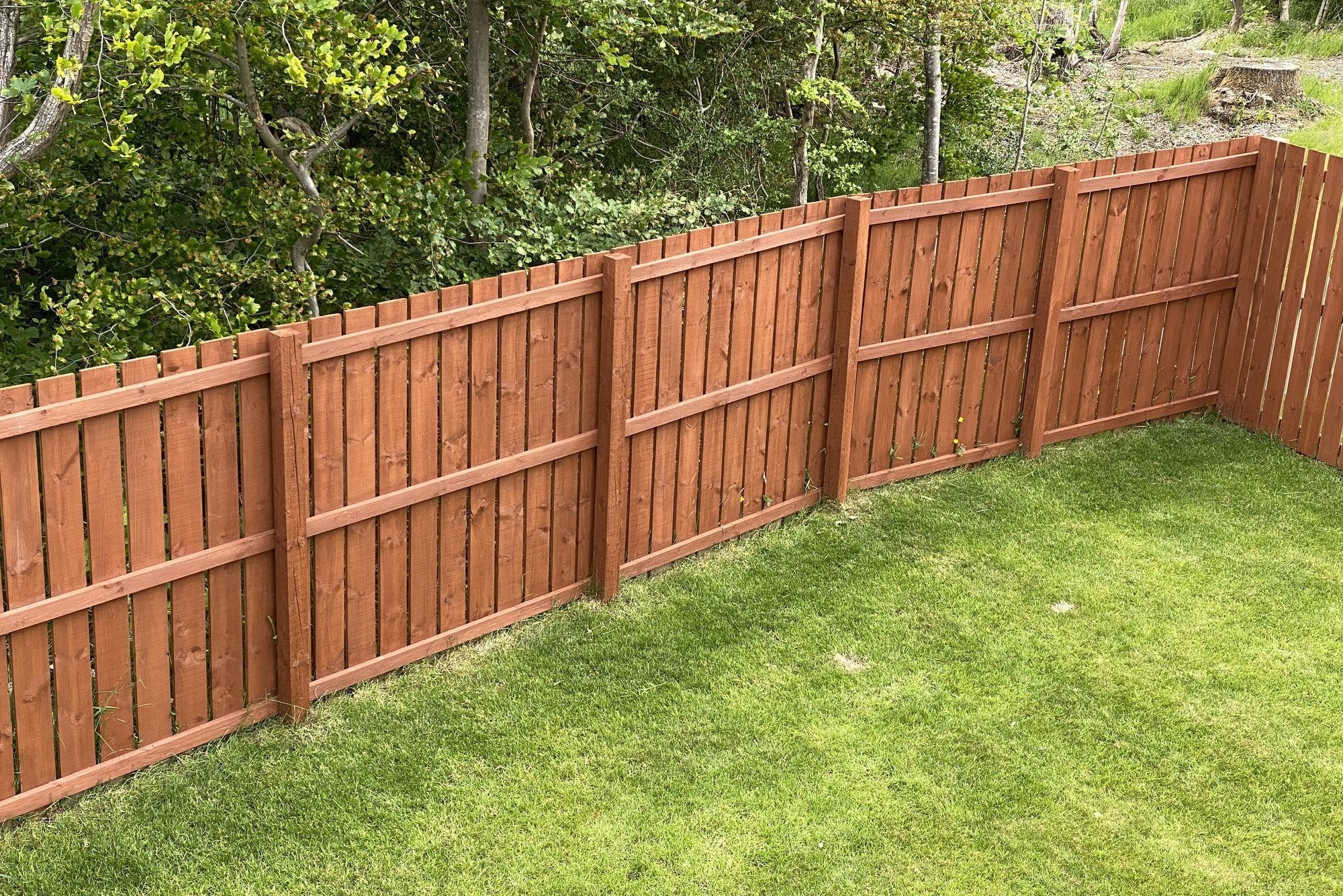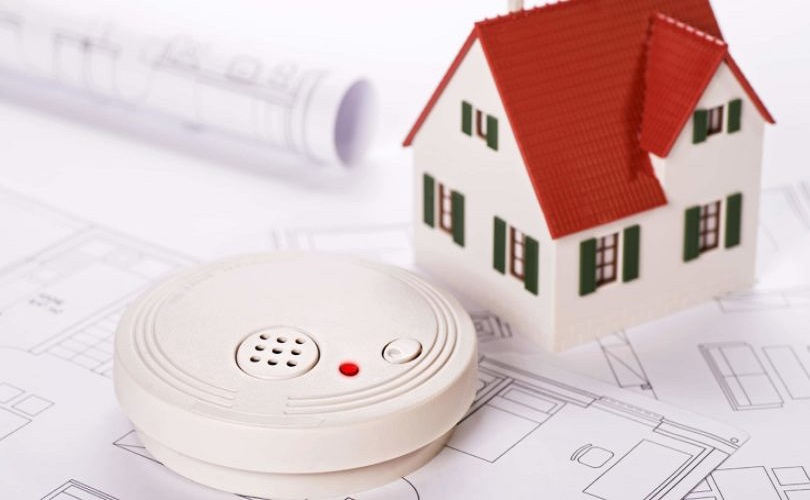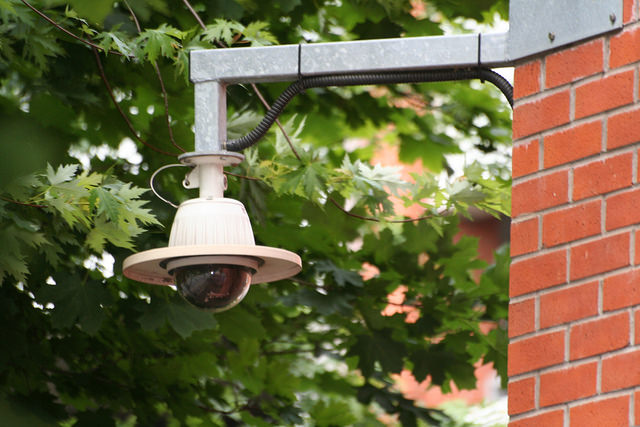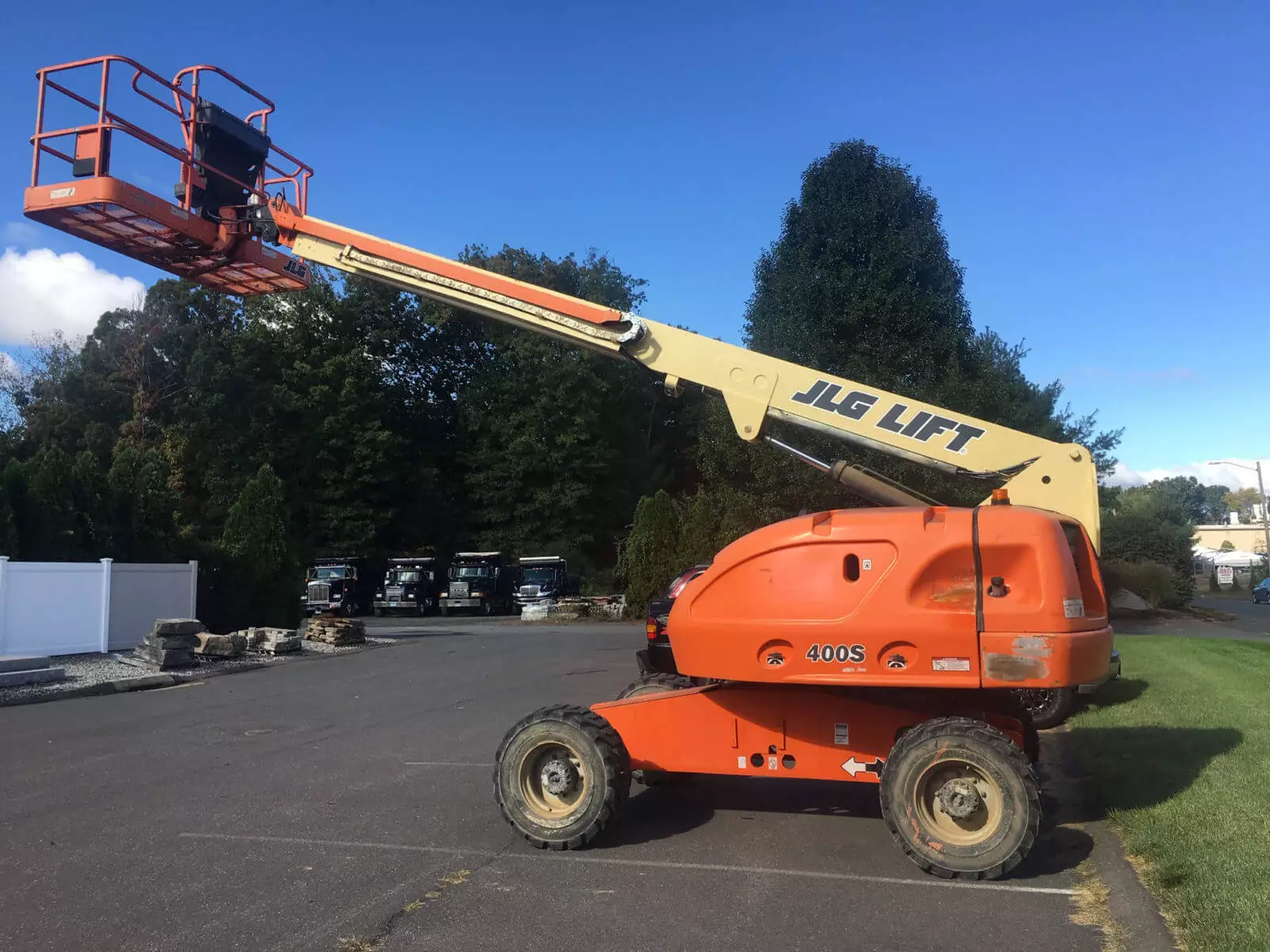When it comes to enhancing your property’s privacy and security, few options match the natural charm of a wooden fence. As a wood fence installer in the Pacific Northwest, PNW Fence and Gate has seen firsthand how these beautiful structures can transform outdoor spaces and how they can sometimes develop issues that need addressing. Let’s explore the most common wood fence problems homeowners face nationwide and practical solutions to keep your fence standing strong for years to come.

Content
The Silent Culprit: Moisture Damage
You know what’s fascinating about wood fences? They’re constantly battling the elements, especially moisture. Rain, snow, and even morning dew can gradually seep into untreated wood, creating the perfect environment for fungal growth and decay.
Over time, this moisture exposure leads to warping, splintering, and that dreaded wood rot that can compromise your entire fence structure. The problem often starts subtly; a slightly soft spot here, a bit of discoloration there-before developing into a major structural issue.
To prevent moisture damage, apply a high-quality water-resistant sealant every 1-2 years. This creates a protective barrier that repels water while allowing the wood to breathe. For existing minor damage, scrape away the affected areas, apply a wood hardener to remaining soft spots, and fill with exterior-grade wood filler. Severely rotted boards or posts, however, will need complete replacement; there’s just no way around it.
Leaning and Sagging: Structural Integrity Issues
Have you ever noticed how a fence that once stood perfectly straight gradually begins to lean or sag? This common problem typically stems from poor installation, shifting soil conditions, or posts that weren’t set deep enough.
When fence posts aren’t properly installed with adequate depth (typically 1/3 of the post length should be underground) and proper concrete footings, they become vulnerable to movement. Add in freeze-thaw cycles, erosion, or soil settling, and you’ve got a recipe for a leaning fence.
Addressing this issue requires some elbow grease. For minor leaning, you might get away with installing diagonal braces or support brackets to reinforce the structure. For more severe cases, you’ll need to reset the posts entirely-digging out around them, repositioning them plumb, and securing with fresh concrete. Make sure the concrete slopes away from the post to prevent water pooling, which would just restart the moisture damage cycle.
The Uninvited Guests: Pest Infestation
Wood fences make wonderful homes-unfortunately, not just for the visual appeal of your property, but sometimes for termites, carpenter ants, and other wood-boring insects. These tiny invaders can hollow out fence posts and boards from the inside, severely compromising structural integrity before you even realize there’s a problem.
Signs of infestation include small holes in the wood, fine sawdust-like material (frass) near the fence, or hollow-sounding areas when you tap on the wood. Early detection is crucial for preventing widespread damage.
For prevention, consider using naturally resistant woods like cedar or redwood, which contain oils that deter many insects. Treated lumber also offers good protection. If you discover an active infestation, contact a pest control professional immediately; this isn’t typically a DIY fix. After eliminating the pests, replace damaged sections and treat surrounding areas with appropriate wood preservatives to prevent reinfestation.
Breaking Up: Loose or Missing Boards
There’s something particularly frustrating about fence boards that come loose or go missing entirely. This common issue not only affects your fence’s appearance but also compromises privacy and the very reasons you installed the fence in the first place.
Loose boards typically result from nail or screw failure, often due to the natural expansion and contraction of wood with temperature changes. Over time, these fasteners can work themselves loose or even pop out completely.
The fix is straightforward but requires attention to detail. Replace any rusted or damaged fasteners with corrosion-resistant screws (which hold better than nails in most cases). When securing loose boards, pre-drill holes to prevent splitting the wood. For missing boards, try to match the existing wood type and color as closely as possible-though be prepared for some variation as your existing fence has likely weathered over time.
The Age Factor: General Weathering and Deterioration
Let’s be honest-nothing lasts forever, especially outdoor wooden structures exposed to sun, rain, wind, and temperature fluctuations. General weathering causes wood to fade, crack, and deteriorate over time.
The sun’s UV rays break down wood fibers and lignin (the natural glue holding wood together), causing discoloration and surface damage. Meanwhile, repeated cycles of wetting and drying create small cracks that gradually expand.
While you can’t stop time, you can certainly slow its effects. Regular maintenance is key; clean your fence annually with a mild detergent solution to remove dirt and mildew. Apply a UV-protective stain or paint every 2-3 years to shield the wood from sun damage. For small cracks, use exterior wood filler before refinishing. Remember that different climates demand different maintenance schedules; humid coastal areas typically require more frequent attention than drier inland regions.
When to DIY vs. Call the Professionals
Many fence repairs can be DIY projects if you’re reasonably handy, but some situations call for professional expertise. Consider tackling simple board replacements, hardware tightening, or cleaning and sealing on your own. However, structural issues like multiple leaning posts, extensive rot, or fence rebuilding are often best left to experienced fence contractors who have the right tools and knowledge.
Remember, proper maintenance is always easier and more cost-effective than major repairs. With regular attention and prompt addressing of small issues, your wood fence can remain a beautiful, functional part of your property for many years to come.

Christine Kelley is a dedicated home blogger who has been blogging for over six years. She covers everything home related. Christine also loves writing posts about her travels to Europe with her husband and two children.










